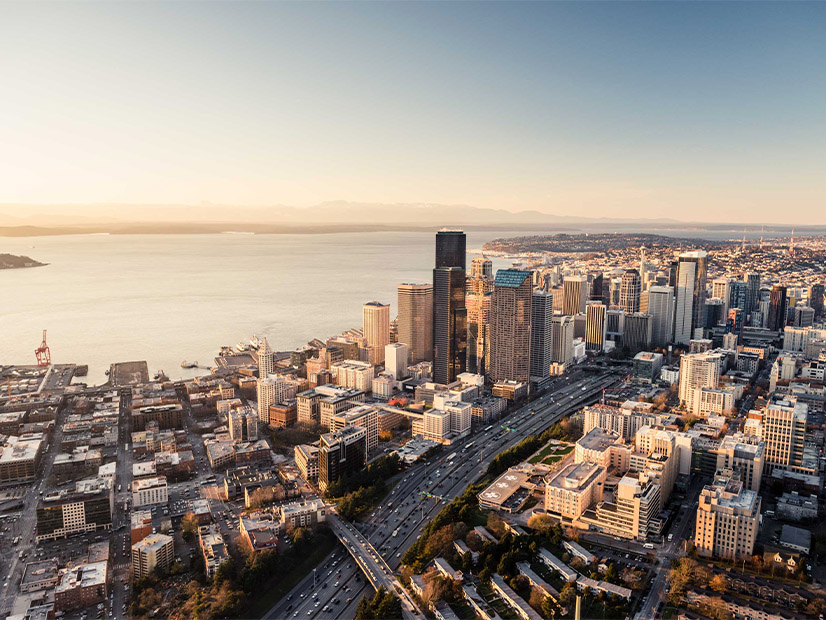
Cap-and-trade is expected to yield Washington $500 million a year in revenue, said the state agency charged with running the program.
Forty percent of that money will be targeted at disadvantaged communities that are especially vulnerable to climate change, and another 10% will go to the state’s tribes.
“It’s a simple fact that some communities are hit harder by pollution than others,” Kathy Taylor, Air Quality Program manager at the Washington Department of Ecology, said at a briefing of the state Senate Transportation Committee on Monday.
The rest will be earmarked for other climate-oriented purposes; two-thirds aimed at funding transportation projects, which are expected to receive $1.4 billion in cap-and-trade funds between 2023 and 2027 and $5.16 billion by 2037. Transportation accounts for 45% of Washington’s greenhouse gases.
Passed last year, Washington’s cap-and-trade law — dubbed “cap-and-invest” — goes into effect on Jan. 1, 2023. This year state officials will focus on regulatory rulemaking as well as tweaking the 2021 law. On Monday and Tuesday, Department of Ecology officials briefed the Washington Senate Transportation Committee and a webinar of industry representatives on separate portions of the 2022 efforts.
Washington was the second state to adopt a cap-and-trade law after California, which is in a cap-and-trade pact with Quebec, with the auctions handled by the Western Climate Initiative. Washington recently entered a contract with WCI to administer its auctions.
The cap-and-trade law calls for the Department of Ecology to develop proposed cap-and-trade regulations by this spring and to formally adopt the rules this fall.
At a Tuesday webinar, Ecology Department officials briefed industrial representatives on the state’s tentative plans. The industrial representatives limited their feedback to technical questions.
The agency’s plan calls for an undetermined number of emissions allowances to be auctioned four times a year to smokestack industries. The first two auctions are scheduled for the first half of 2023, and the state will set the number of “allowances” 60 days prior to the auctions.
Companies would bid on the allowances in clusters of 1,000 individual allowances. The number of allowances will be decreased over time to meet 2035 and 2050 decarbonization goals. Companies will be allowed to buy, sell and trade those allowances. If Washington chooses to join the California-Quebec pact, it would expand its purchase and trading territory to those two areas.
For each auction, a specific number of allowances would be made available to bidders. All bids must be above a certain price level set in advance by the state.
The highest bidder would get first crack at the limited number of allowances, while the second highest bidder would get second crack, followed by additional iterations. The auction ends when the last of the designated number of allowances is bid upon. Then all the successful bidders pay the same clearing price set by the lowest successful bid.
Bidding companies are limited to acquiring 4 -10% of the total number of allowances, depending on various criteria.
Rep. Joe Fitzgibbon (D), chair of the House Environment and Energy Committee, has introduced a bill (HB 1682) to tweak the 2021 cap-and-trade law by providing free allowances to “trade-exposed” state industries that compete with foreign entities that don’t have regulations decreasing their carbon outputs. Those free allowances would decrease by 6% annually from 2035 to 2050.
That bill has advanced to the Environment and Energy Committee, but no public hearing date has been set.


